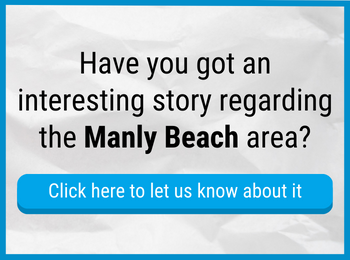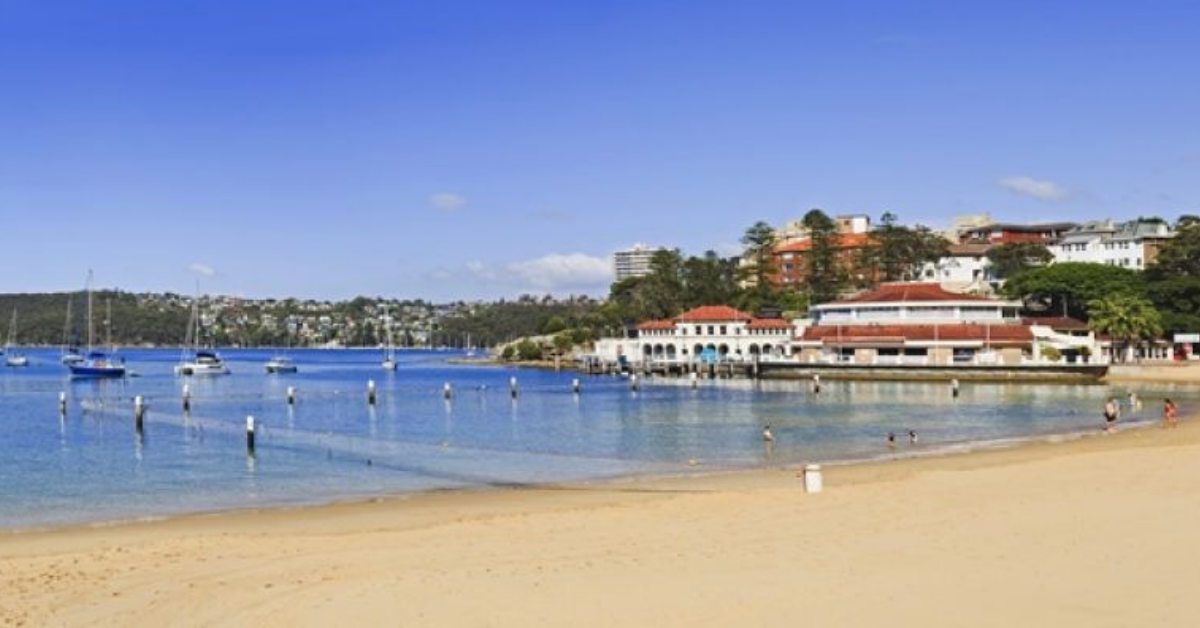Macquarie University-AUSMAP has released an interactive map showing the hotspots for microplastic pollution in Australia and Manly Cove is among the areas with high levels of microplastics pollution.
Macquarie University’s team of researchers have released an interactive map indicating the microplastic pollution hotspots around Australia based on data collected through the Australian Microplastic Assessment Project (AUSMAP). The project aims to track where microplastics are coming from and engage communities and the government in tackling “the biggest threat to ocean wildlife, and the human food chain.”
“It’s hard to solve a problem you can’t see. So we’re putting microplastic pollution on the map!”
– AUSMAP
Photo Credit: AUSMAP / ausmap.org/hotspot-map
Their network of 700 volunteers has collected more than 3 million microplastic fragments from Australian shorelines to identify hotspots. These microplastics come from an estimated 12 million tonnes of plastics that find their way into our oceans every year which not only pose a threat to marine life but could potentially enter the food chain.
The interactive rates the density of microplastics via a six-point scale:
- Green – Very Low: <10/m2
- Yellow – Low: between 11/m2 and 50/m2
- Orange – Moderate: between 51/m2 – 250/m2
- Red – High: between 251/m2 – 1,000/m2
- Black – Very High: > 1,000/m2
- Purple – Extremely High: > 10,000/m2
Photo Credit: Oregon State University, CC BY-SA 2.0 <https://creativecommons.org/licenses/by-sa/2.0> / Wikimedia Commons
In Sydney, Manly Cove and Cook Park, Botany Bay showed very high levels of microplastic fragments with 4,051 and 1,039 per square metre, respectively.
“Monthly microplastic data, collected from Manly Cove by our Community Champion Ali, has shown that the levels and types vary not only spatially but also temporally,” the AUSMAP report said.
“Numbers spike after certain weather events but remain relatively consistent at moderate to high levels outside of these times. Not only do numbers vary but types of microplastic change over time.
“A trend of hard plastics dominating the warmer months and polystyrene foams are found more often in cooler months, which may suggest weather and catchment or water-based activities may be influencing factors.
AUSMAP Program Director, Dr Michelle Blewitt revealed that in a single sampling day conducted in Many Cove, their team was able to collect more than 1,200 microplastics per square metre.
“That’s a huge volume of microplastic in one location. By being able to identify where these hotspots are and engaging people to identify what microplastics are, we empower them to do something about it,” Dr Blewitt said.
Among the beaches where very low microplastic fragments were found include Brighton-Le-Sands, Dee Why, Tamarama, Bronte Beach and Maroubra.
The AUSMAP project recently won the Australian Museum 2021 Department of Industry, Science, Energy and Resources Eureka Prize for Innovation in Citizen Science. AUSMAP is a project of Total Environment Centre in collaboration with Macquarie University,




